Spring is well on its way, but with plant sales on hold in many states due to COVID-19, you may need to consider these strategic tips for maintaining the quality of your annual bedding plants.
by Brian E. Whipker (bwhipker@ncsu.edu) and W. Garrett Owen (wgowen@msu.edu)
Tip 1. Lower fertility rate
For constant liquid feed applications, lower fertility rates to range between 50 to 75 ppm N (Fig. 1). This fertility range should provide a baseline of nutrients that is sufficient to avoid the onset of lower leaf chlorosis (yellowing) due to insufficient N (Fig. 2). If plants start to become pale and to avoid leaf loss, apply a few applications of 100 to 150 ppm N. For those that have established an in-house nutrient monitoring program, target pH ranges will remain the same while electrical conductivity levels would be halved.
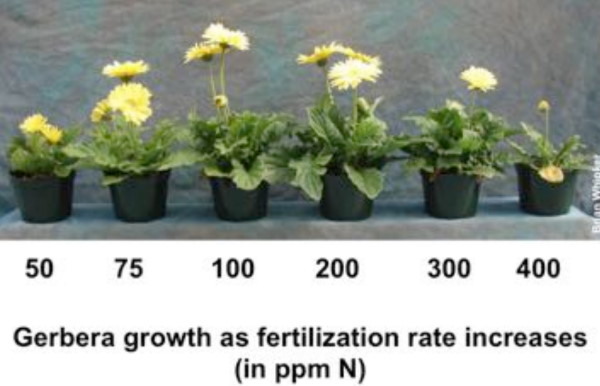
Figure 1. Lower fertilizer rates can be used to control plant growth, as seen here with these gerberas. (Photo: Brian Whipker, 2020)
Tip 2. Put leaf expansion on hold
When needing to hold back plant growth, the type of nitrogen you supply is important too. Select a fertilizer that is primarily nitrate-nitrogen. A general guideline is to target >75% of the nitrogen to be in the nitrate-nitrogen form, such as 13-2-13 Cal-Mag. The use of ammoniacal-nitrogen or urea-nitrogen enhances leaf expansion and should be avoided as much as possible when one is trying to hold back plant growth.
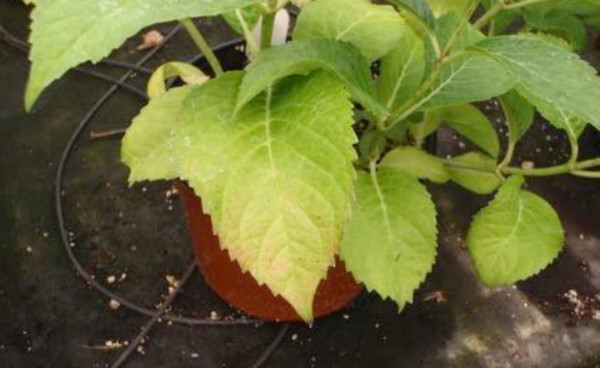
Figure 2. Insufficient fertilizer rates will lead to the development of lower leaf yellowing due to the lack of nitrogen. (Photo: Brian Whipker, 2020)
Tip 3. Holding back stem stretch
Phosphorus is the main driver of stem stretch (internode elongation) based on the earlier work of Paul Nelson of NC State University (GPN magazine, January 2002). During his MS degree at NC State University, Josh Henry found that 5 to 10 ppm P was adequate for maximizing plant growth (Fig. 3). Higher rates were not needed. One can cut the P rate down to 3 to 5 ppm and help hold growth. He observed P deficiency began to appear after 2 to 3 weeks when P was withheld (0 ppm P) from actively growing plants (which is now in late spring; Fig. 4). So lower P levels will help throttle back plant stretch, but take caution to not go too far and induce deficiency symptoms.
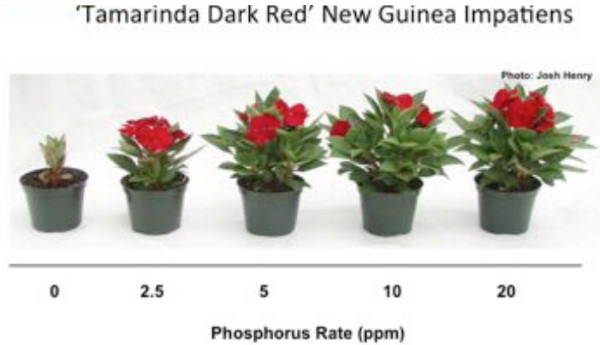
Figure 3. Growth can be controlled with lower phosphorus fertilization rates. (Photo: Josh Henry, 2020)
Tip 4. Cooler temperatures if possible
Lowering the growing temperatures if possible will help control growth (Fig. 5). Target night temperatures of 55-60F and avoid letting the daytime temperatures spike above 75F (ie: avoiding a large +DIF swing). Use –DIF if possible (use a -5 –DIF).
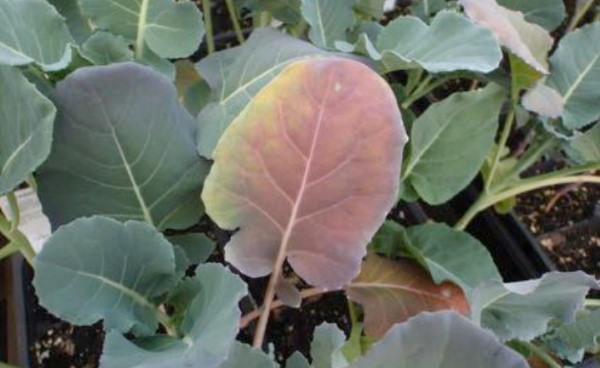
Figure 4. Insufficient fertilizer rates can lead to the development of lower leaf purpling due to the lack of phosphorus. (Photo: Brian Whipker, 2020)
Tip 5. Open up your PGR toolbox
Plant growth regulator (PGR) holding rates can be used to slow growth. Work by Jim Barrett at the University of Florida found that 0.1 ppm paclobutrazol (Bonzi, Piccolo,Paczol, etc) held poinsettias for ~2 weeks, without affecting bract size. So, growers may want to trial low dose drench options if growth control is needed. Drenches, used at optimal rates, have less effect on plant growth, and limit the negative effect of flower bud lock that could occur with a foliar spray application. at sunrise is another option.
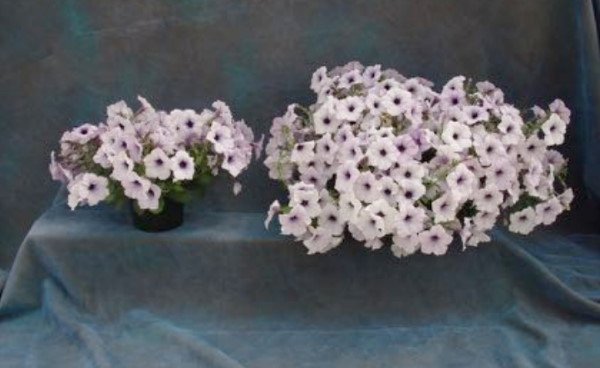
Figure 5. Cooler growing temperatures (left) will help control plant growth. (Photo: Brian Whipker, 2020)
Low dose drenches are used by many growers to hold back late season stretch. In a study we conducted at NC State on the effects of continually applied low dose paclobutrazol drenches in the irrigation water, growth was controlled for sensitive begonia plants (Fig. 6). From this photo, 10 ppb is 0.01 ppm, so one can see how effective even low doses can be. This concept can be taken and applied to other bedding plants to control growth. While rates would vary by species and cultivar, general guidelines to trial would be 1/20th of a ppm [0.05 ppm] of paclobutrazol for sensitive plants such as vinca, begonias, or pansies to higher rates of 1/10th of a ppm [0.1 ppm] of paclobutrazol for more vigorous crops. In your trials, one is targeting ~2 weeks of slower growth and allowing the plants to easily jump start new growth once they are transplanted into the landscape.
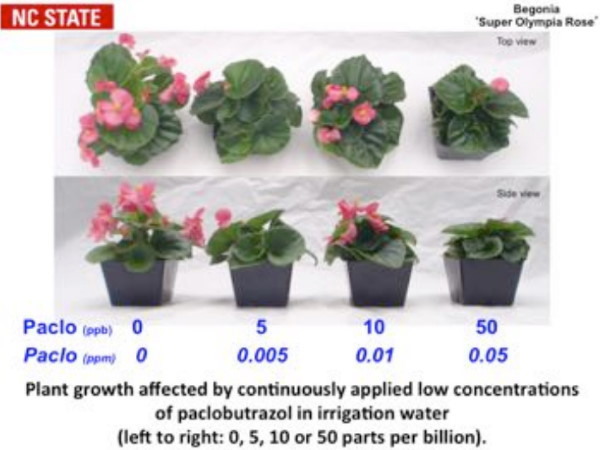
Figure 6. Low dose drenches of paclobutrazol can be used to slow down growth for short periods of time. (Photo: Brian Whipker, 2020)
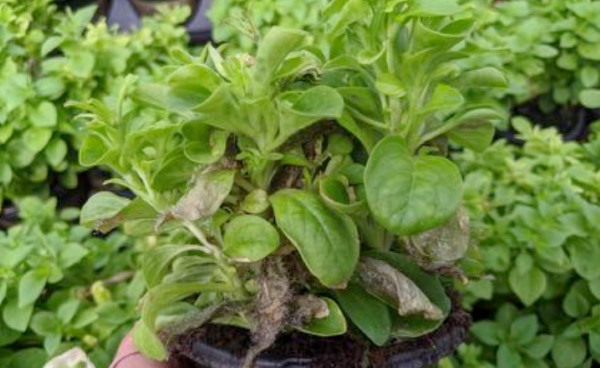
Figure 7. Botrytis can be an issue during cloudy, damp growing conditions. (Photo: Brian Whipker, 2020)
A few years ago, SePRO recommended the following Retail PGR Cocktail for holding plants when spring sales were slow in garden centers. For annuals, a foliar spray of 4 to 8 ppm A-Rest (ancymidol) + 1,250 to 2,500 ppm B-Nine (daminozide) was recommended. For perennials, higher foliar spray rates of 10 to 15 ppm A-Rest (ancymidol) + 2,500 ppm B-Nine (daminozide) was suggested. They found the cocktail to be safe on most plants, so you may still want to trial the application in your own operation for suitability and potential phytotoxicity. The above rates were reported to provide 1 to 3 weeks of holding power and the effects quickly wore off in the landscape.
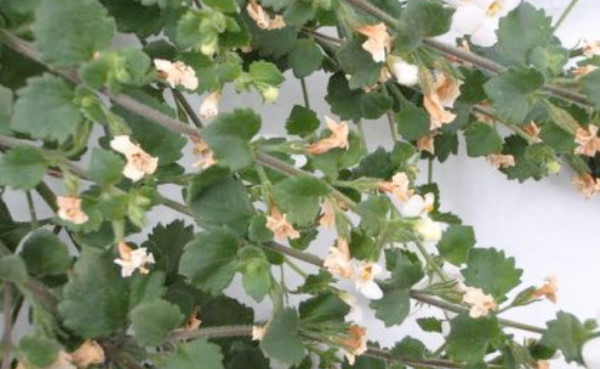
Figure 8. Bacopa flower loss can occur if water stress is severe. (Photo: Brian Whipker, 2020)
Tip 6. Hard pinch
If one does not feel comfortable with PGRs, consider a hard pinch or pruning back 1/3 to ½ of the crop. Pruned plants will push a flush of new growth out in a few weeks. This approach will reduce inventory now, but may create later sales. When pruning, remember to sanitize pruners or other utensils between crops to prevent disease spread. This practice will also create a potential entry point for disease infection.
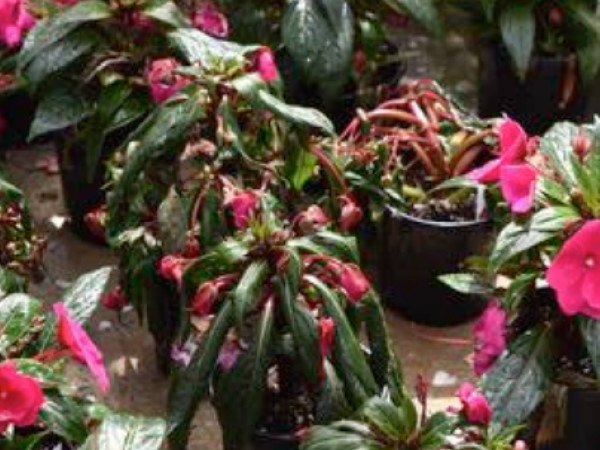
Figure 9. New Guinea impatiens will be slow to recover flowering after severe water stress.(Photo: W. Garrett Owen, 2020)
Tip 7. Disease issues
One of the greatest challenges while holding plants for an extended period of time is usually Botrytis because of the dense leaf canopy and flowers (Fig. 7). If feasible, become a dryer grower. Allow the plants to dry down slightly before the next irrigation, but avoid excessive wilting which can result in flower loss (Fig. 8&9). When irrigation is needed, apply during the morning so that leaves have time to dry before night. Many growers use the rule of not irrigating after 2 pm if possible.
Also ensure there is good air movement in the greenhouse. Horizontal airflow fans will help. Use air exchanges at night to decrease the humidity levels in the greenhouse. Space plants if possible once leaves begin to touch thereby avoiding stem stretch and loss of the shaded leaves (which are prime locations for a Botrytis infection). Additional information about Botrytis and control measures can be found in e-GRO Alerts 9-17, 8-10, 5.07, or 4.32
Holding back plants in the late spring can be challenging, so hopefully some of these strategies will aid in the task.
Source: e-GRO
